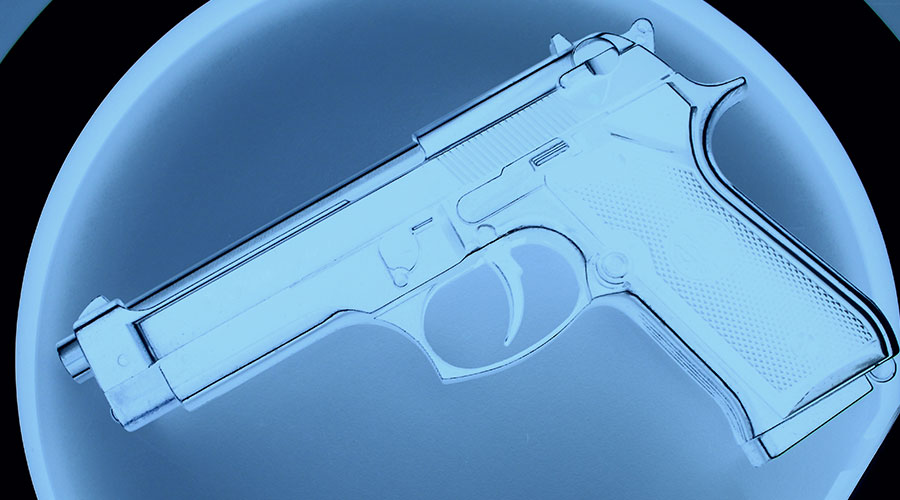ANSI/IICRC S540 Standard defines criteria and methodology used by the technician for inspecting and investigating blood and other potentially infectious material (OPIM) contamination and for establishing work plans and procedures. The Standard describes the procedures to be followed and the precautions to be taken when performing trauma and crime scene cleanup regardless of surface, item or location. This Standard assumes that all scenes have been released by law enforcement or regulatory agencies.
Trauma and crime scene cleanup consists of the following components for which procedures are described in the ANSI/IICRC S540 Standard:
- Principles of Trauma and Crime Scene Cleanup
- Safety and Health
- Biocide and Antimicrobial Technology
- Administrative Procedures, Documentation, and Risk Management
- Inspection and Preliminary Determination
- Equipment and Tools
- Limitations, Complexities, Complications, and Conflicts
- Structural Remediation
- Vehicle and Machinery Construction
- Contents Remediation
- Containment and Disposal of Waste or Sharps
- Confirmation of Cleanliness
The revised S540 will be developed under the ANSI Essential Requirements as American National Standards. To apply to serve on this consensus body, visit www.iicrc.org/SANSIIICRCS540.
June 16, 2020
Topic Area: Press Release
Recent Posts
 States Move Forward to Better Protect Senior Citizens
States Move Forward to Better Protect Senior Citizens
Senior citizens are among the most vulnerable population and require a certain level of care. States are trying to protect them.
 Archer and REDA to Transform Newport Beach Building into Outpatient Center
Archer and REDA to Transform Newport Beach Building into Outpatient Center
Groundbreaking on the Newport Irvine Medical Center is scheduled for June 2025.
 Sunflower Medical Group Facing Lawsuit Following January Data Breach
Sunflower Medical Group Facing Lawsuit Following January Data Breach
The lawsuit seeks a jury trial, damages, expanded credit monitoring services and security improvements at Sunflower Medical Group.
 Nemours Children's Health Opens New Location in Lake Nona
Nemours Children's Health Opens New Location in Lake Nona
The nearly 8,000-square-foot facility will increase access to primary and specialty care services.
 Enhancing Safety at Hennepin Healthcare with a Screening System
Enhancing Safety at Hennepin Healthcare with a Screening System
Case study: The system was able to detect 2,500 risk items in less than five months.